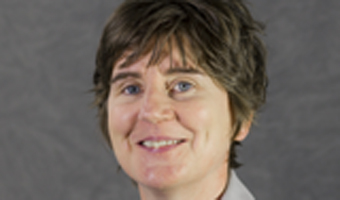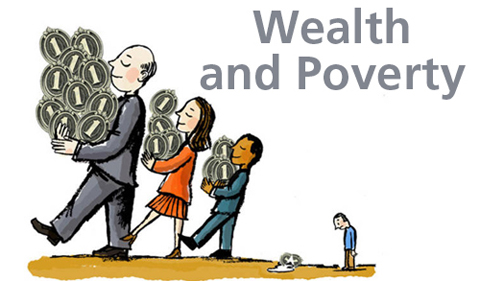
The Wealth and Poverty theme hosts Wealth and Poverty Week on Urban Challenges featuring Dr. Bernadette Hanlon discussing “Is Suburban Poverty Unique? Comparing Urban and Suburban Poverty in the United States” on Friday, Nov. 3, from 3-4 p.m. at Alden 318.
For the first time in human history, the majority of the world’s population lives in urban areas. The rapid global urbanization presents both challenges and opportunities in fostering inclusive, competitive, and environmentally sustainable cities. The Wealth and Poverty Week on Urban Challenges brings the Ohio University community together to discuss pressing challenges in our cities and look for ways to achieve a more sustainable and just urban future.

Dr. Bernadette Hanlon
Hanlon is Associate Professor of City and Regional Planning and Chair of the City and Regional Planning Undergraduate Program at the Ohio State University. She specializes in the political economy of metropolitan regions, focusing on issues of suburban transformation, housing conditions and demographic analysis. She is the author of three books, Once the American Dream: Inner-ring Suburbs in the Metropolitan United States, Cities and Suburbs: New Metropolitan Realities in the United States (with John Rennie Short and Thomas J. Vicino) and Global Migration: The Basics (with Thomas J. Vicino). She is also author of numerous articles in some of the leading journals in urban studies. Her work critically undermines a traditional model in urban studies of a declining urban core and a homogenous suburban ring, and offers a more nuanced picture of the metropolis, especially in light of city resurgence, suburban decline and suburban sprawl.
Abstract: Once commonly thought to be exclusively middle class, the suburbs of the largest metropolitan areas in the United States are now home to the majority of the poor. According to recent research, between 2000 and 2010, the number of poor individuals in major-metro suburbs of the United States grew by 53 percent, compared to 23 percent in cities. Overall, between 2007 and 2010, the number of poor people living in suburbs increased by 3.4 million, 1.4 million more than the number of poor individuals in cities. Given the recent rise in suburban poverty, this paper examines what the scholarly literature says about the characteristics of the suburban poor, the attributes of poor suburbs, the causes of recent suburban poverty, and the policy and planning implications of this type of poverty.
This Wealth and Poverty talk is open to the public. Light refreshments will be served. Please contact Yeong Kim at kimy1@ohio.edu for further details on this event.

Wealth and Poverty Week on Urban Challenges
Monday, Oct. 30 – Ted Strickland (former Governor of Ohio), “Restoring the American Dream and Securing a Stable American Democratic Society,” 3-4 p.m. at Alden 319
Tuesday, Oct. 31 – Smoki Musaraj (Sociology and Anthropology), “Construction, Corruption, and Concrete: Lamenting Betonizim (Concrete-ization) in Albanian Cities,” 1:30-2:30 p.m. at Alden 319
Wednesday, Nov. 1 – Matthew Layton (Political Science), “Perceptions of the Challenges of Urban Living in Latin America,” 1-2 p.m. at Alden 319
Thursday, Nov. 2 – Daniel Moak (African American Studies), “Class Absence: A Critical Look at the ‘School to Prison Pipeline’ Narrative,” 10:30-11:30 a.m. at Alden 319
Friday, Nov. 3 – Bernadette Hanlon (City and Regional Planning, Ohio State Univ), “Is Suburban Poverty Unique? Comparing Urban and Suburban Poverty in the United States,” 3-4 p.m. at Alden 318



















Comments